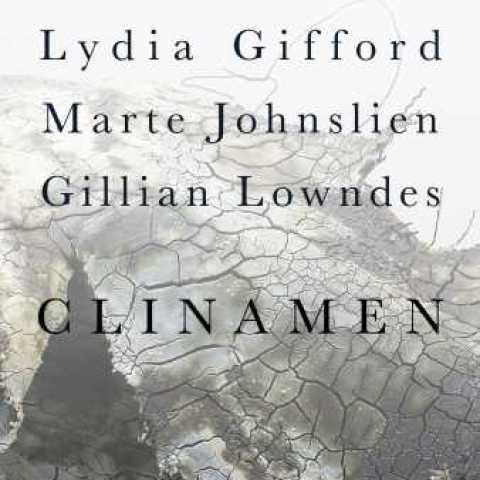
Clinamen is the Latin name Lucretius gave to the unpredictable swerve of atoms, in order to defend the atomistic doctrine of Epicurus. According to Lucretius, the unpredictable swerve occurs “at no fixed place or time”: When atoms move straight down through the void by their own weight, they deflect a bit in space at a quite uncertain time and in uncertain places, just enough that you could say that their motion has changed. But if they were not in the habit of swerving, they would all fall straight down through the depths of the void, like drops of rain, and no collision would occur, nor would any blow be produced among the atoms. In that case, nature would never have produced anything. This indeterminacy, according to Lucretius, provides the “free will which living things throughout the world have.”
FOLD is pleased to present Clinamen, a three-person show consisting of paintings, objects and ceramics that explore ideas of materiality and abstraction. Each artist in this show approaches the physical matter of their work using a combination of sophisticated visual playfulness, and a range of carefully considered responses to the materials chosen to create their work.
In a sense the commonality in this show is Clinamen. Each artist has allowed to one extent or another for the ‘free will’ of the material to in some way dictate the outcome, whether it be visual or visceral, in the process of making: the ‘unpredictable swerve of atoms’ as clay reacts to metal and fiberglass in the kiln, the nature of how pigment reacts to the fibers of paper or canvas, the final crack of a glaze, sag or stretch of cloth and slump of clay.
Lydia Gifford’s on-going concern is with the language of painting and the balance between painting and object. There is a physical battle with plane and form. Her works are paintings, but paintings whose origin came from a makeshift carpentry that emerges gradually as she engages with the limitation of the flat plane. Layered painted surfaces take on a skin-like translucency that, on close inspection, reveals a complex working and reworking. There is a tension between structure and surface, interior and exterior.
Marte Johnslien sees the kiln as a ‘development machine’. The materials’ effect on each other, and the potential for forcing elements to fuse – the processes of the kiln are powerful and unpredictable. Understanding material qualities is at the core of her practice. She is concerned with space and scale and her sculptures often strive to reach a larger size, however, her technique seldom allows for it. The work in this show brings together the two conflicting materials of steel mesh and clay. First, the steel is shaped and then the clay applied in thin layers by hand. If applied too thinly, the steel will burn through, if applied to thickly; the clay may fall off during firing. These constructed shapes warp or collapse during firing and freeze in a position outside of her control.
Gillian Lowndes (19th June 1936 to 2nd October 2010) didn’t try to spare the materials – she often fired the pieces up to 1260 ºC – to a point where steel gets flexible and potentially melts in the process. She embraced the act of melting together materials and ideas in her small, bricolage sculptures. With the result that her pieces simultaneously have an air of decay and life – appearing fragile and strong at the same time. Author Amanda Fielding wrote of Gillian Lowndes: “(her) sculptures are, on one level, a fascinating assemblage of different materials and things, while they can also be seen as metaphors for the corrosive action of time, fire, air, water, physical force and chemicals upon all materiality, including ourselves.”
